Reviewed by Julianne Ngirngir
The foldable phone market just got a lot more interesting. Samsung has unleashed what can only be described as an unprecedented pricing strategy, slashing the Galaxy Z Fold 7 to directly challenge Google's newly announced Pixel 10 Pro Fold. This isn't just about cutting prices—it's Samsung making a bold statement that they won't let Google gain a foothold in their territory without a fight.
The timing couldn't be more strategic. Google has made significant strides with their foldable technology, launching their first Pixel Fold just a couple years ago but already largely evening the match against Samsung's years of refinement. Both devices represent breakthrough achievements in hinge engineering and display durability that finally make foldables practical for mainstream adoption in 2025.
The discount that changes everything
Here's what you need to know: Samsung is offering the Galaxy Z Fold 7 at unprecedented savings that signal a fundamental shift in how premium foldables are positioned. The device has dropped from its original $2,000 price tag to as low as $1,779 on Amazon — that's a 16% discount for a device that's only a month old, directly targeting Google's Pixel 10 Pro Fold at $1,799.
What makes this strategy particularly aggressive is how Samsung's ecosystem of partners amplifies these savings. Samsung is offering up to $1,150 off when you trade in an older device, while carriers like AT&T provide up to $1,100 off with trade-in and unlimited plans. This coordinated approach creates multiple entry points for different customer segments—from tech enthusiasts to business users seeking premium productivity tools.
PRO TIP: The ripple effects extend beyond just the flagship model. Following the Z Fold 7 launch, the Galaxy Z Fold 6 received a ₹44,350 discount in India, creating a tiered ecosystem where previous-generation foldables become accessible to price-conscious buyers while the latest model competes directly with Google's premium offering.
Design revolution: Why the Z Fold 7 stands apart
The Galaxy Z Fold 7 represents what AT&T executives call hitting "the sweet spot" in foldable design, and the engineering metrics explain why this matters for mass adoption. At just 8.9mm thick when folded and 4.2mm unfolded, Samsung has achieved something remarkable—this foldable is actually lighter than the iPhone 16 Pro Max despite packing two displays. The 215g weight makes it significantly more portable than Google's 258g Pixel 10 Pro Fold, removing a critical barrier to daily use that has historically limited foldable adoption.
The cover screen transformation addresses the most persistent complaint about previous Fold generations. The 6.5-inch Dynamic AMOLED cover display with its 21:9 aspect ratio finally delivers what industry experts note makes it "wide enough to be used all the time." This eliminates the cramped typing experience that forced users to constantly unfold earlier models, transforming the Z Fold 7 from a specialized device into a genuine daily driver that happens to expand into tablet functionality.
The durability improvements reveal Samsung's long-term vision for foldable reliability. Built with an advanced Armor Aluminum frame and Corning Gorilla Glass Ceramic 2 display, the Z Fold 7 doesn't just match traditional smartphone durability—it exceeds it in key areas while maintaining the flexibility that defines the category. The refined hinge engineering means the crease is nearly invisible when open, addressing the aesthetic concern that has deterred premium smartphone users.
Performance powerhouse meets Google's AI advantage
Under the hood, these devices represent fundamentally different philosophies about what makes a premium foldable experience. The Galaxy Z Fold 7 runs on Qualcomm's Snapdragon 8 Elite for Galaxy, delivering 40% faster performance than the Pixel's Tensor G5 chip in multi-core tests and gaming scenarios. This raw power advantage translates directly into smoother multitasking workflows—crucial when you're running multiple apps across those dual displays, switching between productivity tasks, or pushing the device through intensive creative applications.
Google's counter-strategy focuses on efficiency and AI integration rather than brute force computing. The Pixel 10 Pro Fold's Tensor G5 promises a 34% performance boost over its predecessor while offering 16GB of RAM across all storage tiers. Samsung takes a more traditional approach, reserving 16GB RAM only for the 1TB model while giving most users 12GB instead. This difference matters for users who rely heavily on AI-powered features and background processing.
The endurance battle reveals where Google's hardware-software integration shines. Google's 5,015mAh battery delivers around 30 hours compared to Samsung's 4,400mAh unit lasting about 24 hours. That six-hour difference represents the gap between confidently using your foldable as a primary work device throughout extended business days versus needing to manage charging cycles—a critical consideration for professionals who've invested in the foldable form factor for productivity gains.
Camera capabilities: The 200MP advantage
Samsung has made a definitive statement with the Z Fold 7's camera system, finally bringing foldable photography into true flagship territory. The 200MP main camera sensor, borrowed from the Galaxy S25 Ultra, represents a massive leap forward that eliminates the traditional compromise between choosing a foldable form factor and maintaining photography excellence. Paired with a 12MP ultrawide and 10MP telephoto with 3x optical zoom, this creates a versatile triple-camera system that matches flagship smartphone expectations rather than settling for "good enough for a foldable."
Google maintains a more conservative approach with the Pixel 10 Pro Fold, keeping its camera array unchanged from the Pixel 9 Pro Fold. However, Google's computational photography expertise creates interesting advantages in specific scenarios. Features like Super Res Zoom up to 20x and the 10.8MP zoom camera with 5x optical zoom give the Pixel stronger telephoto capabilities for distant subjects and detail extraction.
The image processing philosophies reveal deeper brand strategies. Samsung's approach tends toward more dramatic, saturated results that perform well on social media and grab attention in quick comparisons. Early reports suggest Samsung's images can be too bright and unrealistic at night, though the 200MP sensor delivers stunning clarity in good lighting conditions. Google's computational photography historically produces more natural-looking results that appeal to photography enthusiasts who prefer subtle enhancement over dramatic processing.
The market implications of this pricing war
This discount war signals a fundamental shift in the foldable market that extends far beyond just two competing devices. Industry analysts note that "customers are happy, as evidenced by the record pre-order numbers" for the Z Fold 7, suggesting Samsung's strategy successfully removes price barriers that previously limited foldable adoption to early adopters and tech enthusiasts. The company has achieved what many considered impossible — making a foldable phone that most customers find impressive with the design on first handling.
Google's entry with competitive pricing creates what AT&T's Jeff Howard describes as an industry that "has never moved faster." The Pixel 10 Pro Fold at $1,799 versus Samsung's discounted pricing creates a perfect storm where premium foldable technology becomes accessible to mainstream business users, creative professionals, and productivity-focused consumers who previously couldn't justify the premium.
The carrier ecosystem amplifies this accessibility transformation. Most phones in the US are bought on installment plans, and Samsung with its carrier partners have assembled some of the best Galaxy Z Fold 7 deals, including up to $1,100 off with any trade-in and a new line. This promotional structure transforms a $2,000 device into monthly payments comparable to traditional flagship smartphones, fundamentally altering the foldable value proposition.
Bottom line: A historic moment for foldable phones
The Galaxy Z Fold 7's historic discount represents more than just competitive pricing — it's Samsung's recognition that the foldable market has reached a crucial inflection point where design maturity meets price accessibility. With Google launching its first serious challenge to Samsung's dominance and already largely evening the match against years of Samsung refinement, competition is driving innovation at breakneck speed while simultaneously removing traditional barriers to adoption.
For consumers, this creates unprecedented choice in the premium foldable segment, with each device addressing different user priorities. Whether you prioritize Samsung's superior design and display technology for maximum productivity and portability, or Google's longer battery life and AI enhancements for extended workflows and computational photography, both devices now compete on nearly equal pricing terms.
The Z Fold 7's historic discount brings Samsung's premium foldable within striking distance of Google's pricing, creating a true head-to-head competition that benefits everyone looking to step into the future of mobile technology. As one AT&T executive noted, "There hasn't been a time when the industry has moved faster" — and this pricing war proves that the future of mobile technology is unfolding right before our eyes, literally and figuratively.




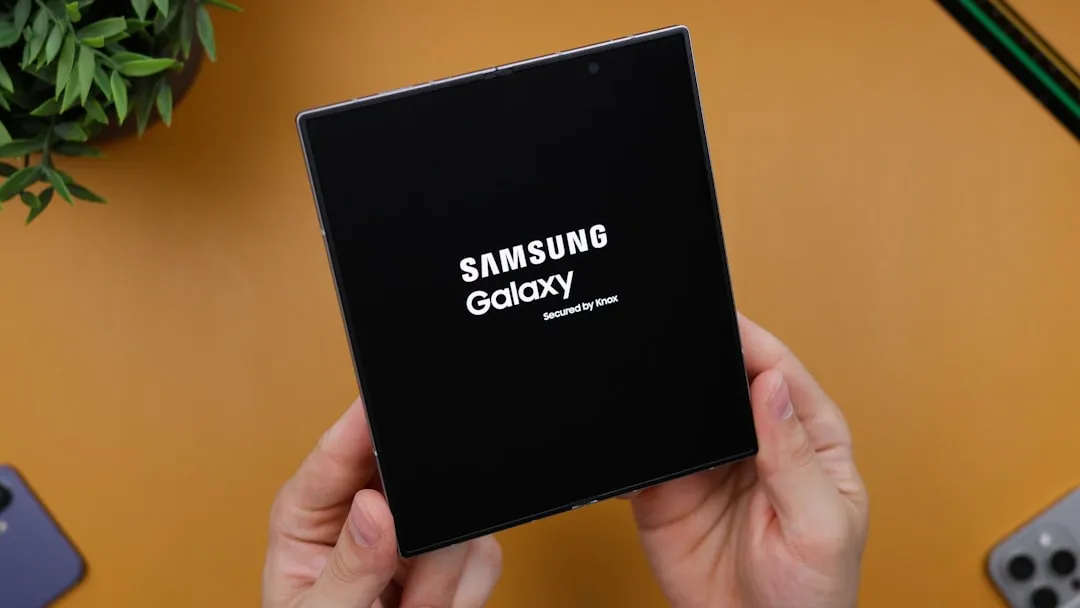
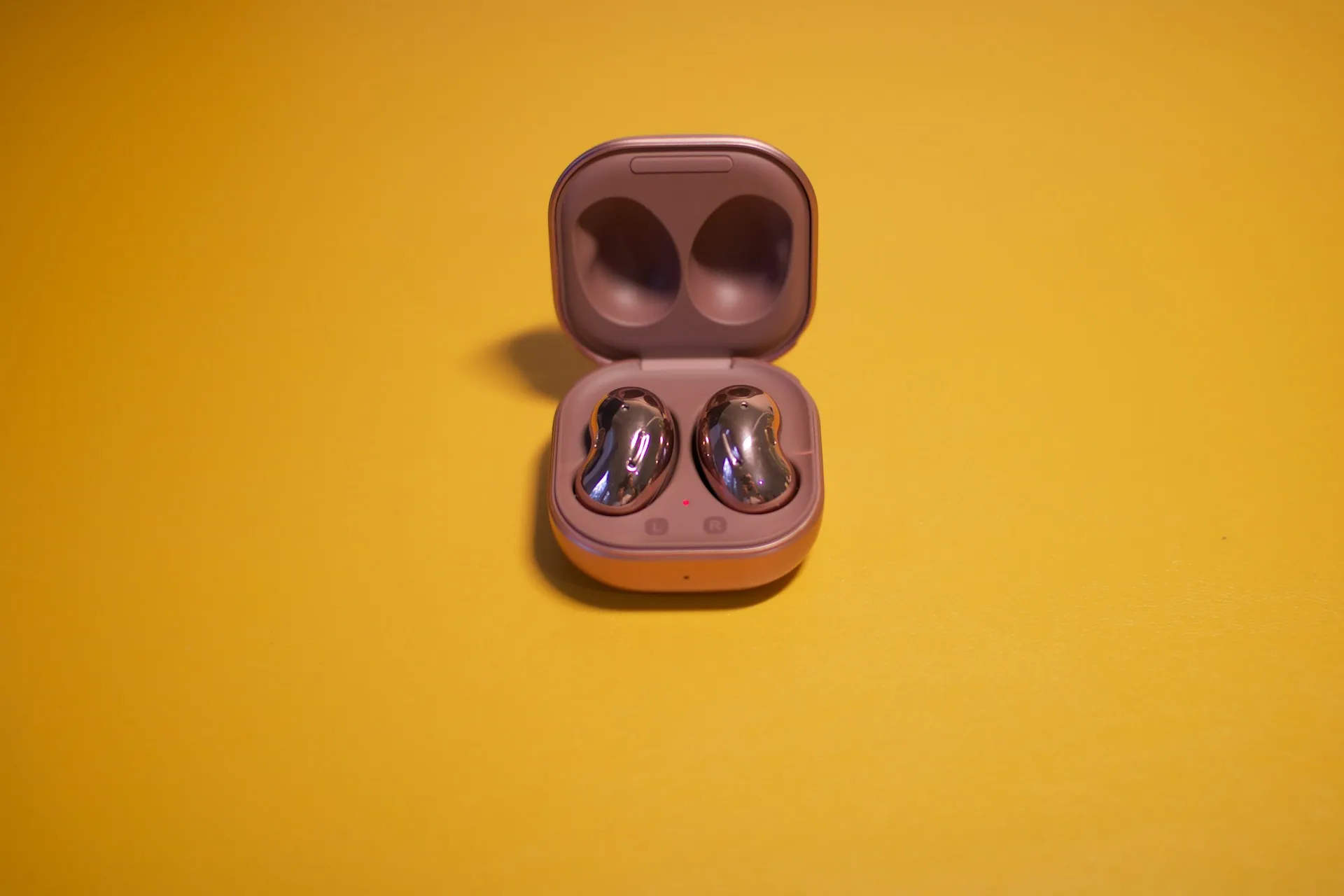
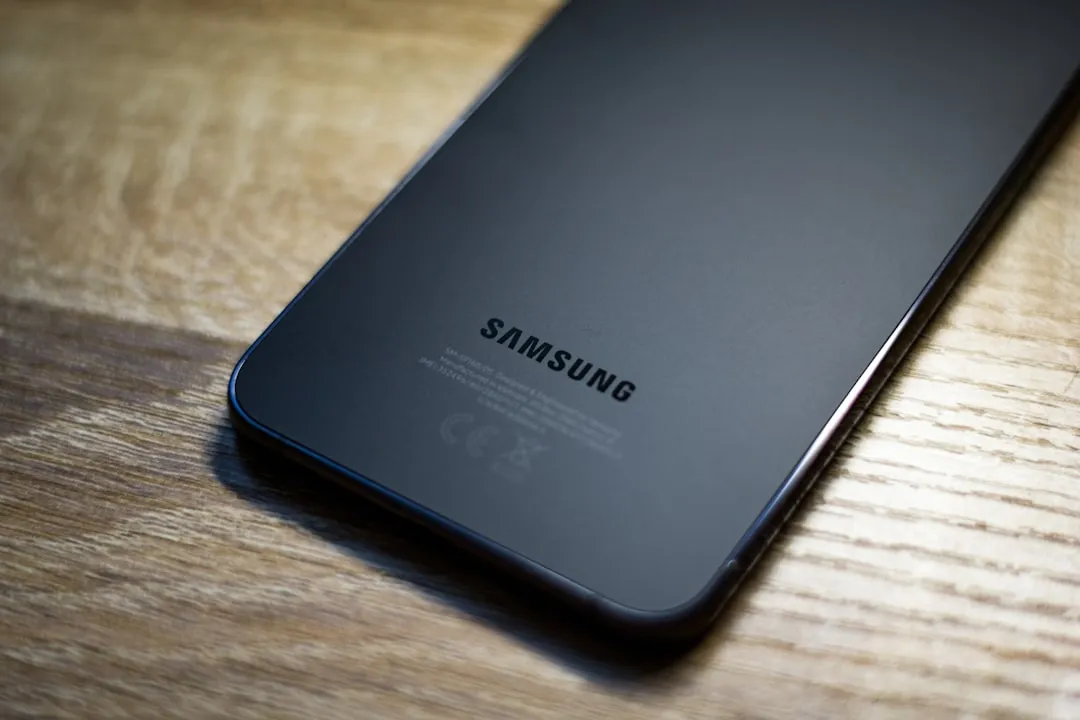




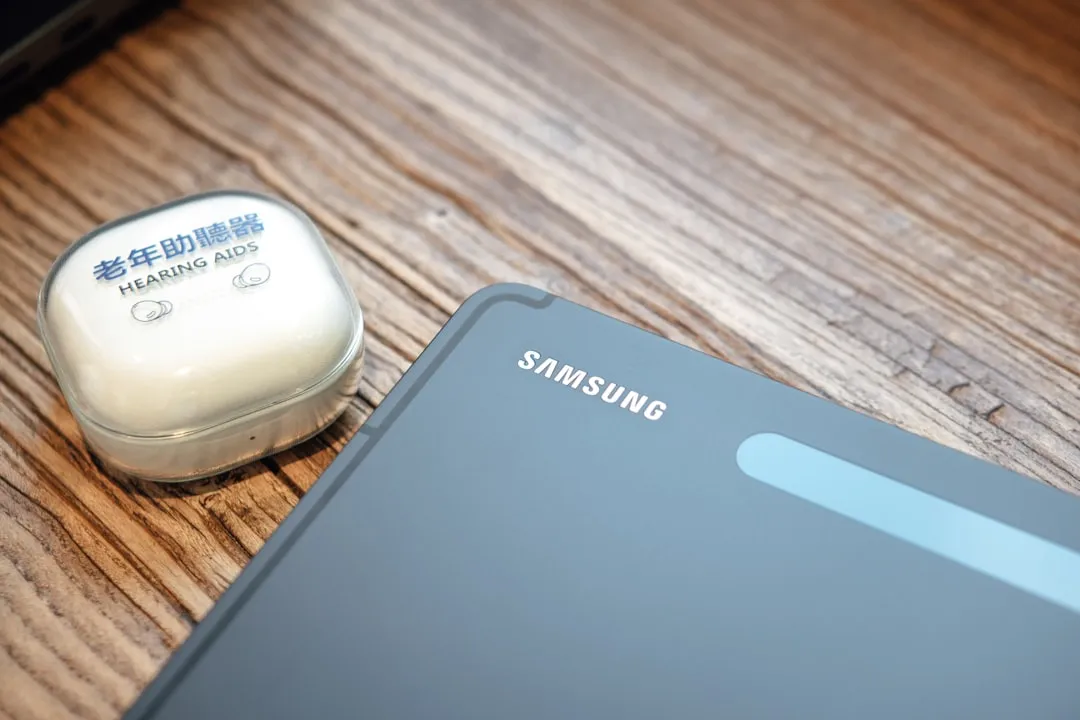
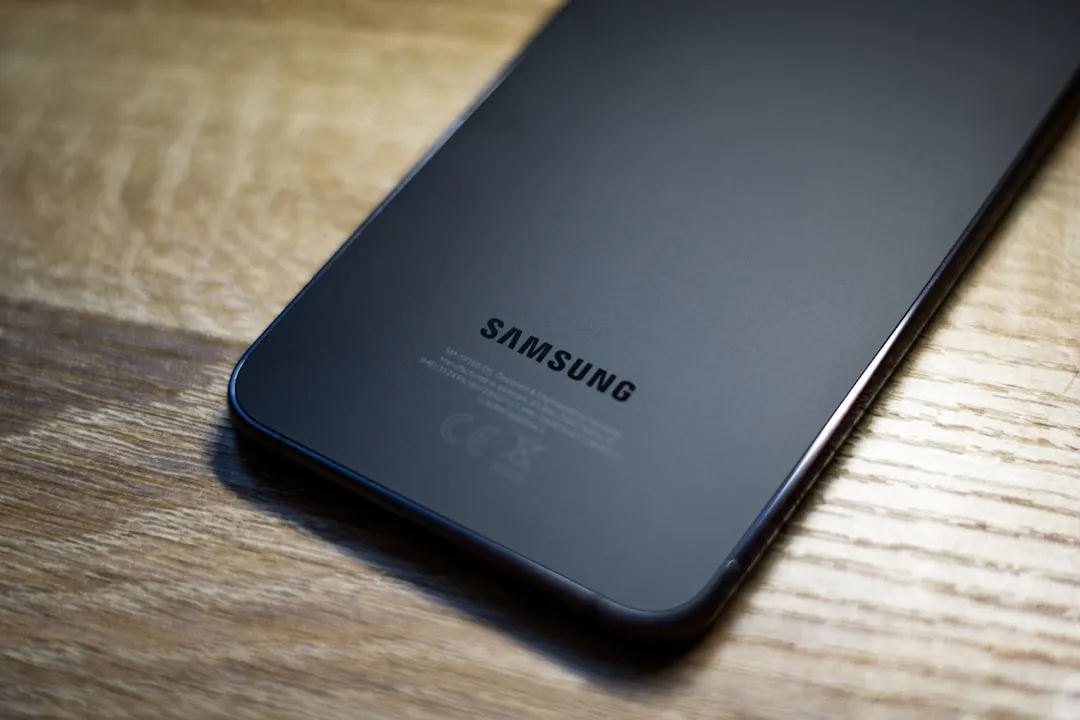



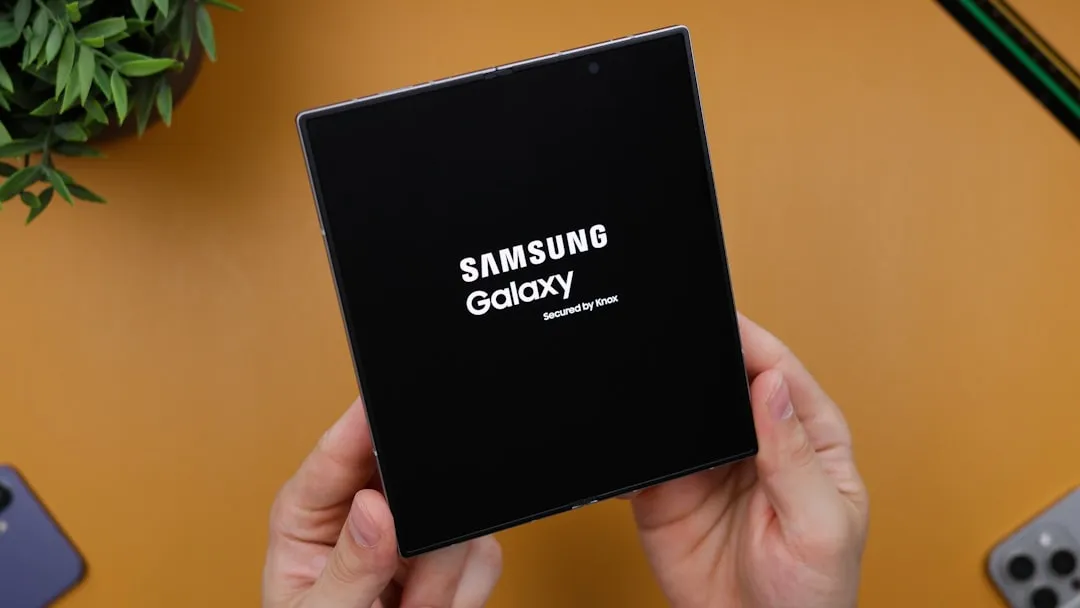
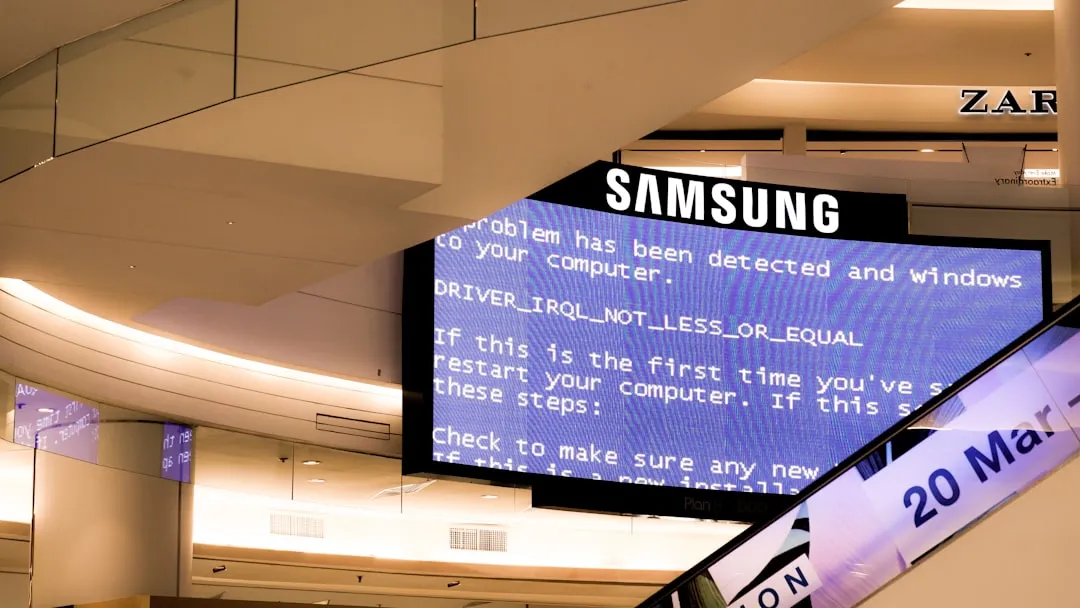
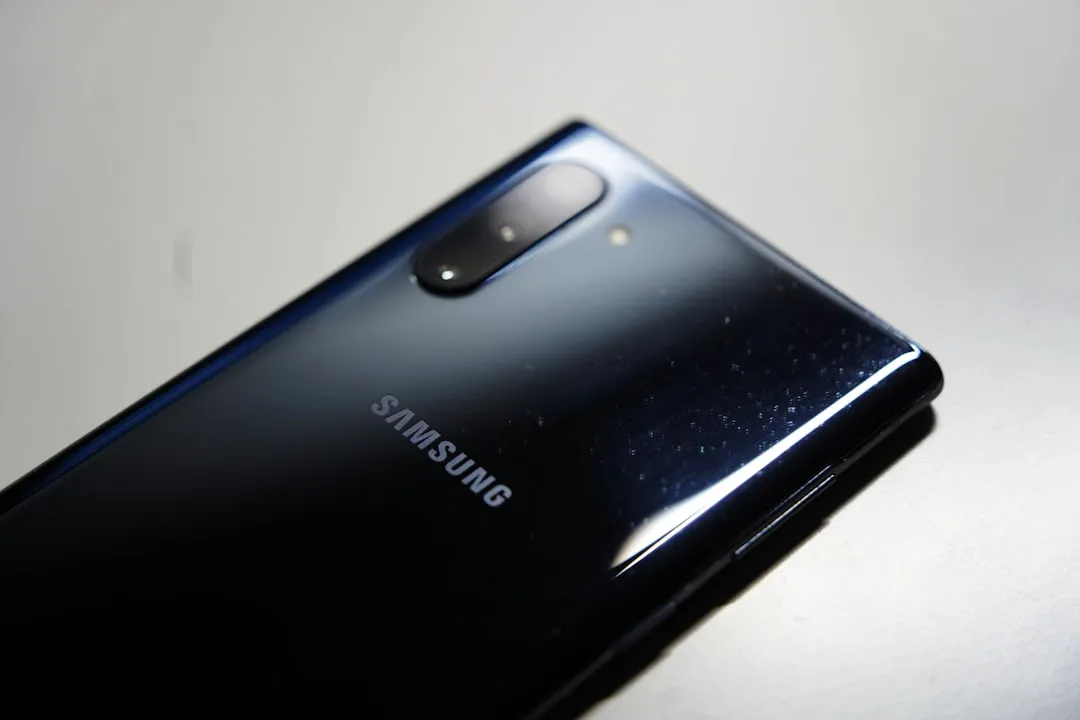
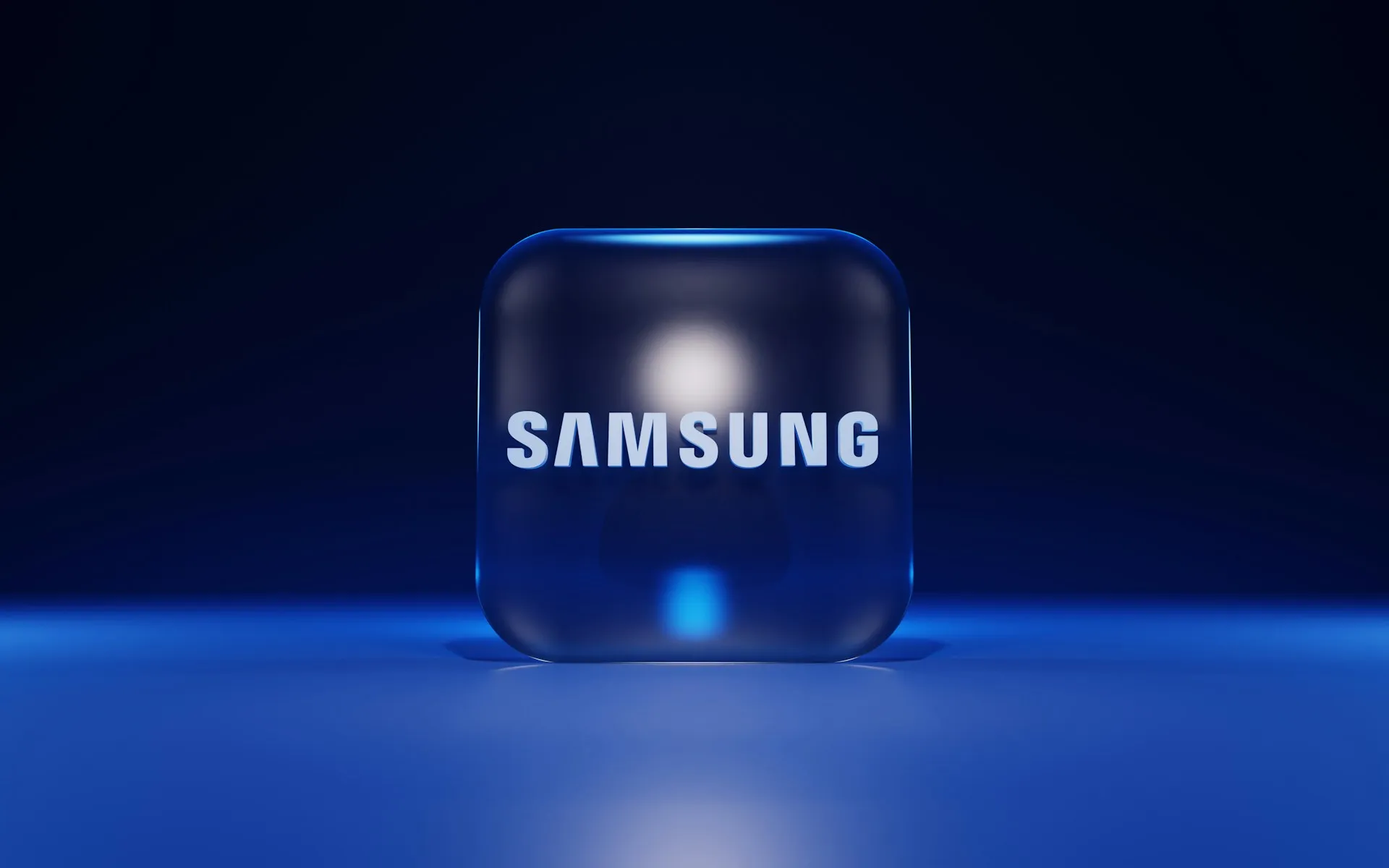
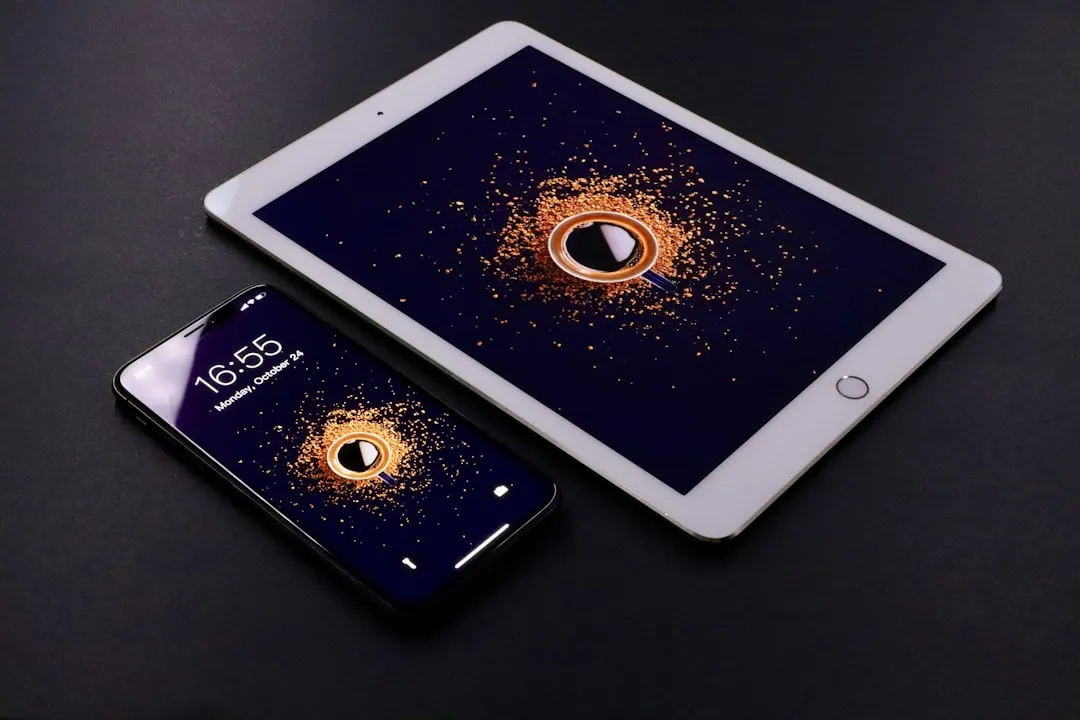
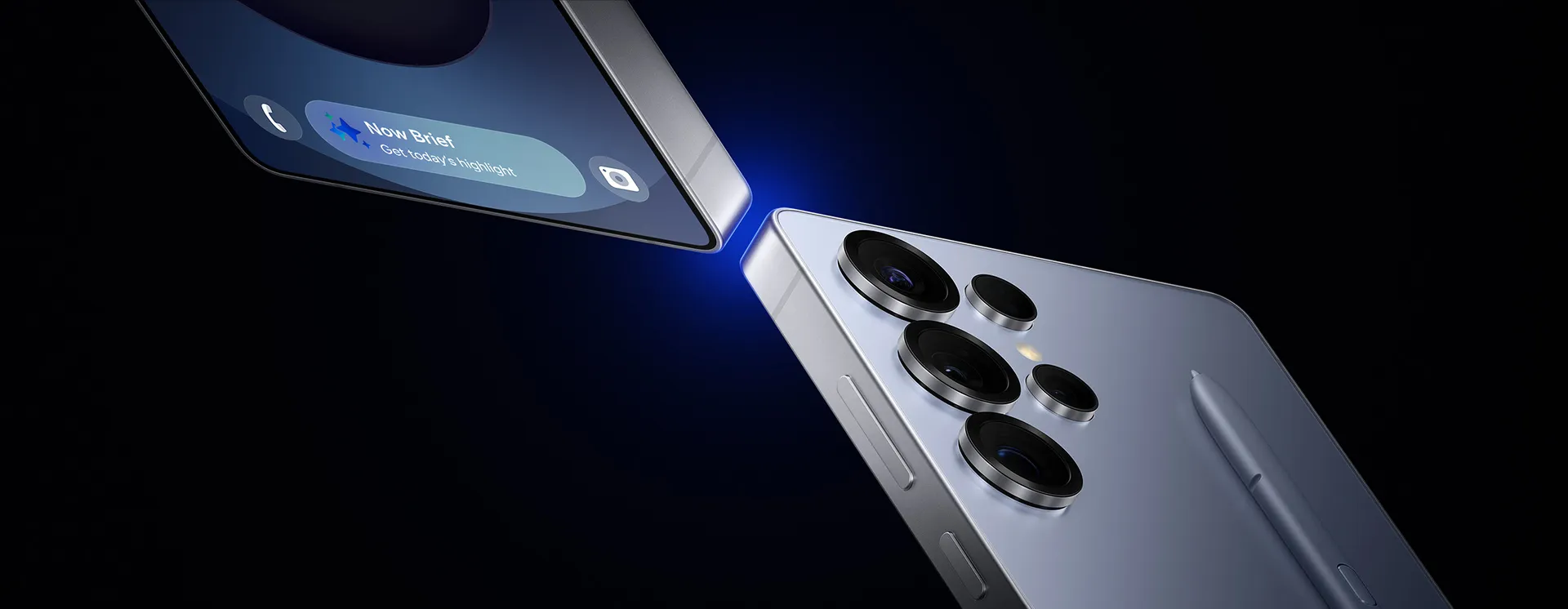

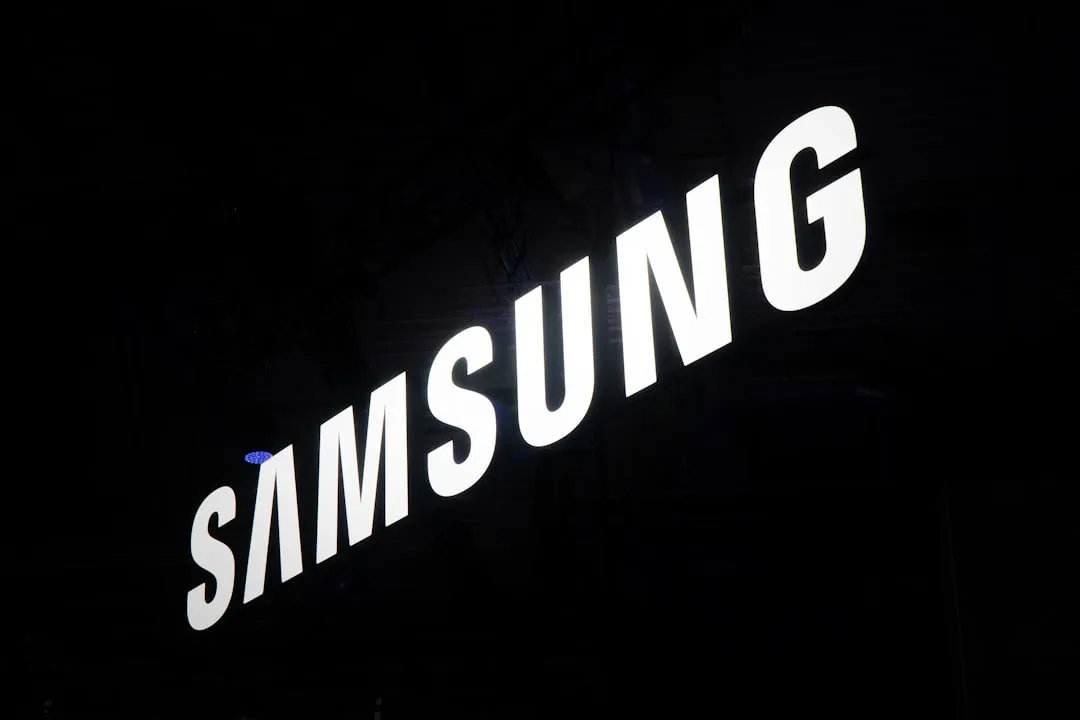

Comments
Be the first, drop a comment!